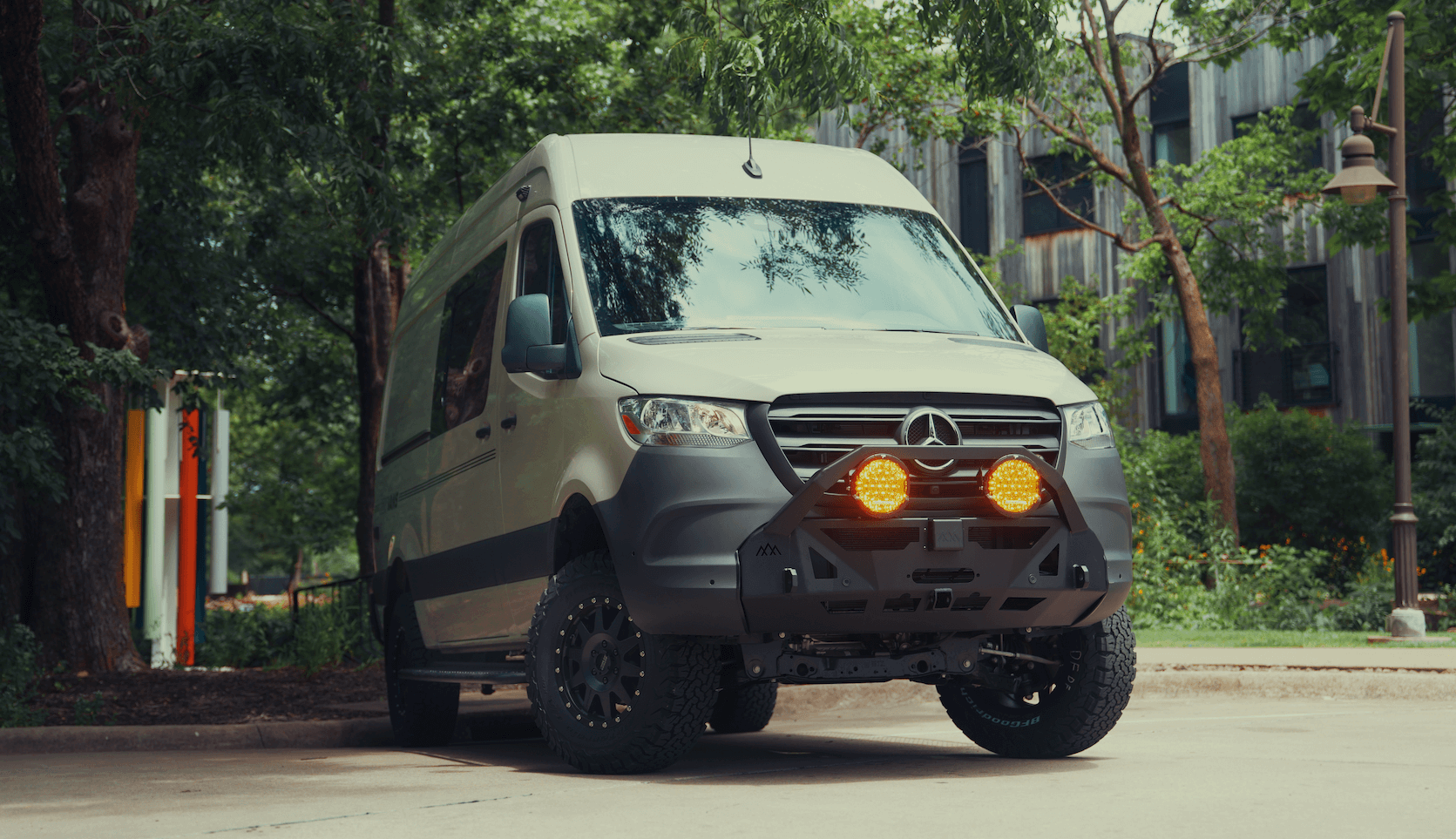Recreational Vans

Van flooring does more than look clean. It spreads point loads from cargo, resists moisture and abrasion, dampens road noise, and adds thermal comfort. The best choice depends on how you use the rig, your climate, and how much weight you can spare.
Common top layer options:
Subfloor materials:
Insulation under the subfloor typically uses closed cell foam sheets, XPS, or a thermal acoustic mat. The goal is to break thermal bridges, reduce resonance, and keep condensation at bay.
A successful install starts with surface prep. Degrease the metal floor, remove factory tie down bolts, and treat any rust before adding layers. Plan your floor as a system that includes vapor control, insulation, a sealed subfloor, and a wear surface.
Layout and fastening:
Adhesives and sealants:
Thresholds and transitions:
Noise and vibration:
Weight and thickness:
Cleanability matters on road trips. Grit works like sandpaper. A sealed and textured surface reduces slip without becoming a dirt trap. Choose a top layer that can be swept and mopped easily and consider dirt mats at entrances.
Moisture and spill management works best with layered defenses. A sealed subfloor prevents saturation. Edge sealant at doors stops wicking. In wet zones near entryways, coin rubber or textured vinyl gives dependable grip. For cooking zones, a heat resistant and wipe friendly top layer is practical.
Thermal performance is noticeable on cold mornings and hot stops. Closed cell foam and composite subfloors reduce thermal bridging. Woven vinyl and cork backed products add a softer feel underfoot. If you camp in winter, prioritize insulation value and a tight perimeter seal.
Acoustics make long drives enjoyable. Dampers on the metal pan reduce panel ring. A decoupled subfloor and dense top finish calm road roar. Secure the floor well so it does not squeak against the ribs.
Safety underfoot deserves attention:
Common pitfalls to avoid:
Longevity habits:
Pro level execution ties everything together. A well planned floor supports cabinetry, seat rails, and cargo systems while keeping weight in check. It should align with your electrical routing, heater cutouts, and water lines to simplify service down the road.
Metal and temperature swings invite condensation. Use closed cell foam as a thermal break, seal subfloor edges, and choose a vapor aware approach so trapped moisture can escape. Pay extra attention to the slider step and rear door corners where water collects.
Composite subfloors and thin but dense top finishes can save meaningful pounds. If you drive in winter, the energy saved by insulation shows up in battery runtime and fuel economy. Balance weight savings with durability where cargo loads are high.
Textured vinyl or coin rubber keep footing confident when you step in with wet boots. In living areas, woven vinyl offers a softer feel with steady traction. At thresholds, use metal trim to protect edges and reduce trip hazards.
Now, if you want a floor that matches your travel style and the way you load gear, a professional build makes that much easier. OZK designs floors as part of a complete interior, aligning subfloor, insulation, and finish with cabinetry and securement. For a broader look at adventure ready builds, see our recreational vans. If you are ready for a start to finish interior where the floor is engineered with the rest of the layout, explore our custom build van offering. Looking for an upfit on a financed platform, including smart, durable flooring, review our mainstream vans.
Your floor takes every step, every spill, every mile. Let us design a quiet, grippy, easy cleaning surface that supports your layout and stands up to real travel. Share how you camp and what you carry, and we will spec the right materials, insulation, and thresholds to fit your rig.
What OZK builds
Get started Tell us about your routes, climate, and gear. We will turn that into a floor plan and install that feels solid on day one and stays that way.
Ready for a floor that handles mud, miles, and real life. Tell us how you travel and we will design and install van flooring that is quiet, durable, and easy to clean. Start your custom build or upfit today.
ADDRESS:
6159 E Huntsville Rd, Fayetteville, AR 72701
PHONE:
(479) 326-9200
EMAIL:
info@ozkvans.com